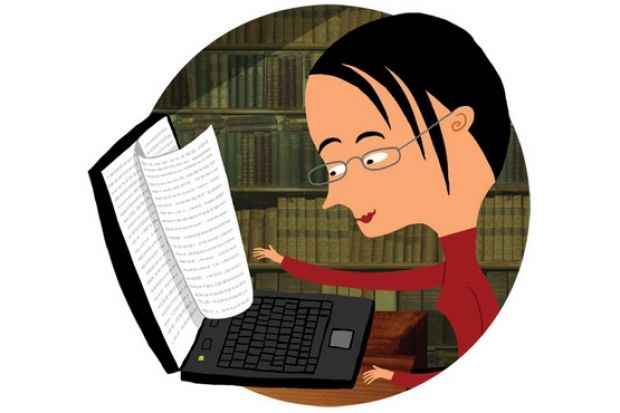Martha Kanter, the US undersecretary of education, came by class at the University of Pennsylvania the other day and made three points about massive open online courses that are worth elaborating
She observed that this is a time of great innovation and experimentation in higher education, before adding that we need to assess the impact and efficacy of these innovations with discipline and rigour.
Next she underscored the need for careful analysis of the reach and apparent value of Moocs in serving those currently outside the system. For example, the bulk of the Coursera population are people with post- secondary qualifications: 80 per cent are baccalaureate holders. What is the experience of the uncredentialed - do they complete? If the public good of Moocs is the power to make higher education more democratic, how can this group be assisted to participate, complete and get credit?
Kanter’s third observation was that many households lack internet access because of the cost of connectivity and sustained use. For example 35 per cent of adult Americans, usually in low-income households with no post- secondary education, do not have broadband connections at home. Moocs have increased the cost of the digital divide in terms of lost opportunities for the unconnected. This is not an argument against them but for better communications policy and lower connectivity tariffs.
Constructing a research agenda around these three points would be a good beginning. Daphne Koller, one of Coursera’s co-founders, argues that “massive” and “online” distinguish Moocs. Yet the former is inflated by the inclusion of many who just want a taste of the experience. These enrollees and others who do not complete reduce the yield of new human capital and the public benefit used to legitimate investment in Moocs.
So who completes? Initial evidence is that degree holders are more likely to. But this should be assessed across a number of courses, as should enquiry into what drives non-completion: is it pace, lack of essential foundation skills, the absence of recognised credentials or the medium itself?
Then there is the question of “open”. Moocs are free at the point of consumption, due in part to institutions subsidising course development. Duke University’s Bioelectricity Mooc reportedly took more than 600 hours to construct and deliver, and no doubt it built on the experience of previous students and teaching assistants. Should this cost be attributed to public funds because it creates a common good? And if Moocs use public revenue, does this open them up to regulation and state-mandated quality assurance? Will the advent of students paying for Moocs bring regulatory requirements and forms of consumer protection?
At present, Moocs offer a smorgasbord of courses and the individual chooses. They do not offer programmes of study that lead to degrees. There is, as yet, no taxonomy of difficulty, where courses build on each other, presenting ideas and concepts in order and sequence.
Moocs hold much promise for those interested in improving teaching and learning experiences. The public display of excellent teaching and the modelling of the use of technology to enrich classes are invaluable. Research about the impact of different practices and how they are perceived by and affect different populations of students is worth pursuing.
Finally, what will constitute success and failure? To determine that, we first need clarity about expectations. Then we can set standards and look for measures that will form a solid basis for judgement.
Register to continue
Why register?
- Registration is free and only takes a moment
- Once registered, you can read 3 articles a month
- Sign up for our newsletter
Subscribe
Or subscribe for unlimited access to:
- Unlimited access to news, views, insights & reviews
- Digital editions
- Digital access to THE’s university and college rankings analysis
Already registered or a current subscriber?

